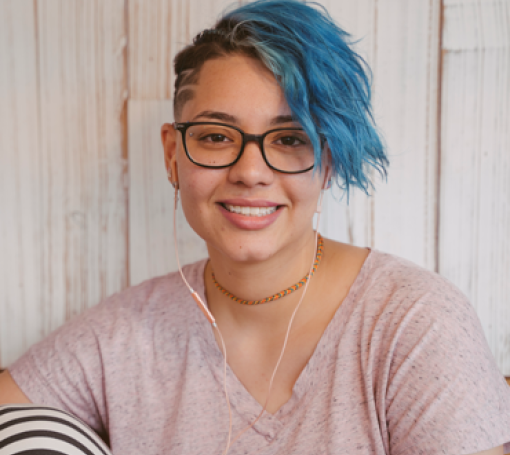Hand, foot, and mouth disease sounds scary but is, in fact, a common childhood illness. Here is some information on what it is, the signs and symptoms, and how to keep your child comfortable if they become infected.
What is it?
Hand, foot, and mouth disease is a contagious illness caused by a virus called coxsakie. It typically affects children under 5 years old and occurs seasonally, in summer and early fall. Our local community is experiencing the usual surge in daycares now.
What are the symptoms?
Hand, foot, and mouth disease usually begins with symptoms similar to the common cold such as fever, sore throat, and runny nose. A rash or blisters will then appear in their mouth and on their body. While the original strain of the virus caused blisters on hands, feet, and in the mouth (hence the name), other virus variants can cause a rash on different parts of the body. You may notice that your child is uncomfortable when eating or drinking because all strains cause blisters in the back of their throat.
If your child has been exposed to hand, foot, and mouth disease, it can take 3-6 days for symptoms to appear. The rash and blisters may take a week to go away. It is important to note that about a month after infection, you may notice your child’s skin peeling off on their hands and feet. This is a normal part response after their immune system has worked hard to fight off this germ. The peeling should not cause your child pain, is not contagious, and their skin will heal fully. Mostly time, but perhaps lotion is all you will need.
How is it diagnosed and treated?
If you suspect your child has hand, foot, and mouth disease, but cannot see the blisters in their throat, you can schedule an appointment with their pediatrician to confirm the diagnosis. In this day and age, it is also a good idea to test at home to rule out COVID. There is no treatment for hand, foot, and mouth disease. Your child’s immune system will clear the infection in the coming week. Your role is to keep your child hydrated and comfortable. It is ok to treat any fever or pain with acetaminophen or ibuprofen (if over 6 months of age). If your child is over one year-old, you can use an over-the-counter liquid antacid (such as Mylanta or Maalox) to dull their mouth/throat pain: dip a Q-tip in the liquid and apply to specific mouth sores or put a few drops in their mouth for them to swish and spit or swish and swallow.
When should I seek additional care for my child?
Call your pediatrician if your child’s fever lasts more than 3 days or if your child is not drinking fluids.
Are there ways to keep my child comfortable?
Acetaminophen or ibuprofen (if over 6 months of age) can help ease your child’s pain. It is important to offer soft foods, such as yogurt or soups, that won’t irritate blisters in their throat. Cold liquids should be offered frequently to help prevent dehydration. You can try popsicles, watermelon, or milk shakes to keep hydration more enjoyable. Try to avoid giving your child acidic, spicy, and salty foods or foods that are rough in texture and may irritate their throat. Some babies find their usual bottle painful to suck, so you may need to feed by cup, spoon or syringe on the worst day.
How long is it contagious and how does it spread?
You child is most contagious in the first week of illness. They may return to daycare when their fever has been gone for 24 hours and they can swallow well enough to eat and drink normally (usually 2-3 days). If your child has widespread blisters, then they need to stay home until the blisters dry up (usually a week).
Hand, foot, and mouth disease can be spread from person to person through respiratory droplets in the air, contaminated surfaces, and through the stool of children who are infected. The best way to prevent the spread of infection is to wash hands frequently, wash your hands after changing diapers, sanitize toys, and disinfect frequently touched surfaces.
Keep Reading
View All Posts
Summer Safety Tips
Summer is a season of fun and adventure, but it also brings unique safety challenges for kids. Dr. Brianna Label offers practical tips to help families stay safe all season long.

Nexplanon: A Guide for Teens and Parents
Nexplanon is a form of Long-Acting Reversible Contraception (LARC) offered at Allegro for birth control or to help manage painful periods. Learn how it works, its benefits, and potential side effects to help you and your teen make informed decisions together.


